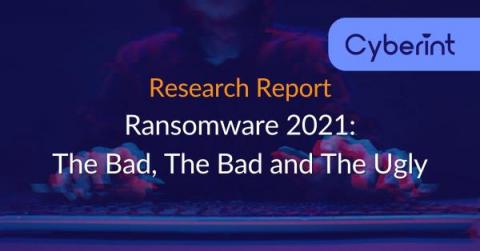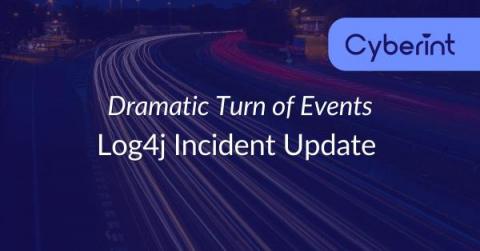How About a Magic Trick? A New Jester In Court
Over the past months, Cyberint Research Team observed a new group that emerged on several underground forums. What seemed to be “yet another info stealer seller” has turned out to be something far more interesting. As the group is named Jester Stealer, that were, at first, selling a fairly sophisticated info stealer (Figure 1). Other evidence suggests that there is much more to it. Cyberint Research Team discovered a developing threat group that gets their claws into whatever they can find.











